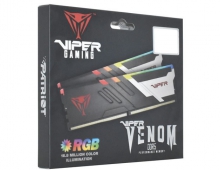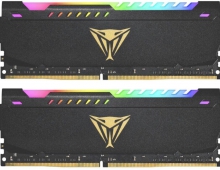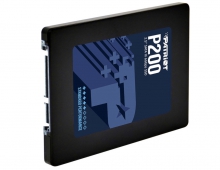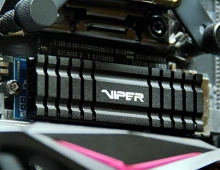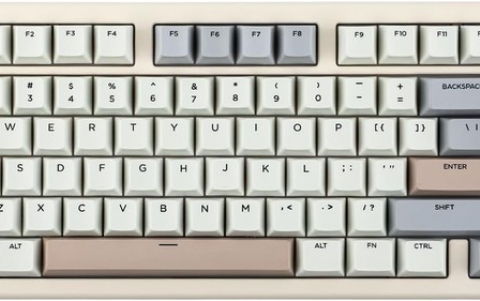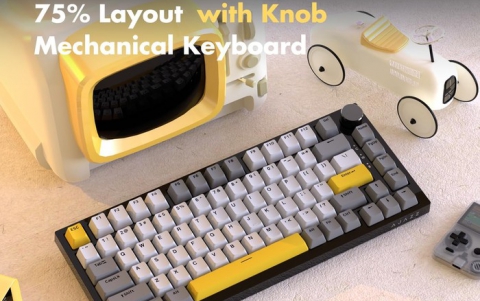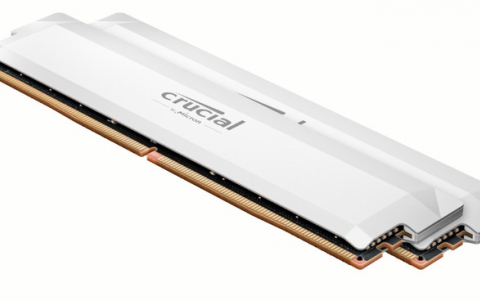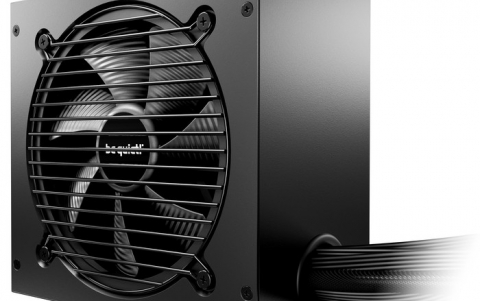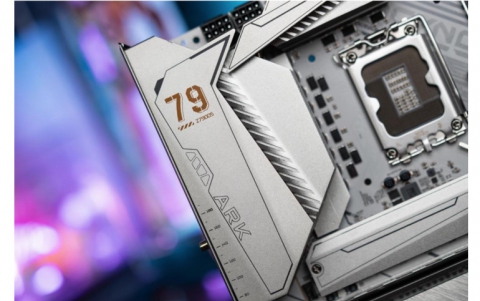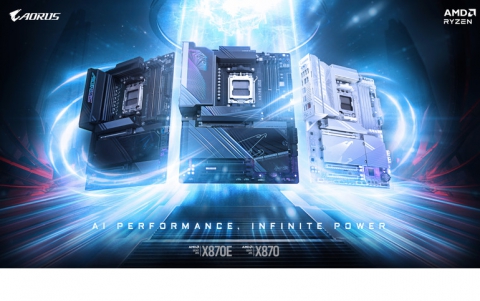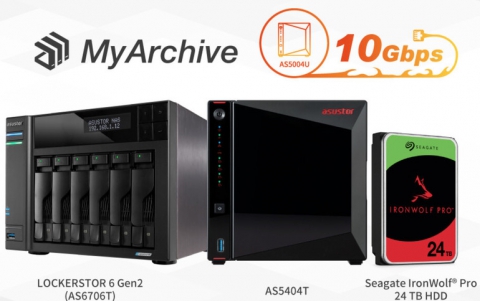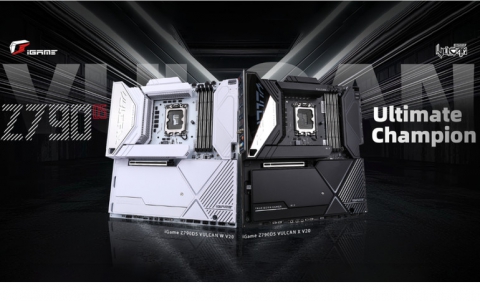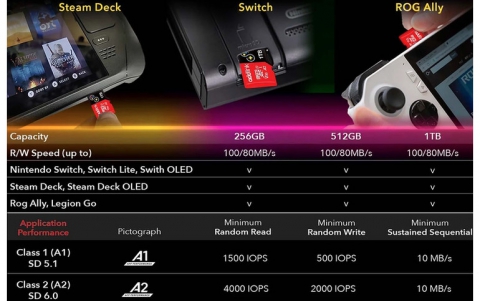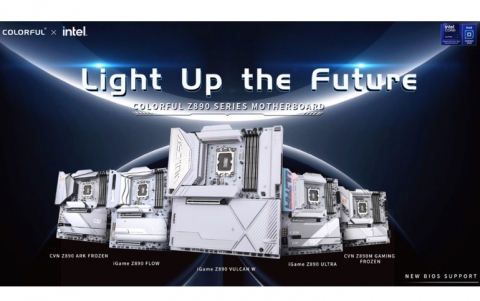PatriotMemory Warp v2 128GB SSD
2. Opening the box
Review Pages
Patriot Memory supplied us with the 128GB SSD Warp v2 SSD that costs $259 ($239 after $20 mail-in rebate), which is a good price at least for the provided capacity. Let's hope that it will also be competitive with other more expensive SSDs in terms of performance.
The product is backed by a 2-year warranty, which is less than what the traditional HDD offers.
The lightweight retail package is simple and has a plastic film window that let us actually see the drive inside.

The drive is well-protected inside a plastic shell:

Let's have a closer look at the drive. A big sticker provides information about the capacity of the SSD and the connection interface. The drive's weight is just 91grams and its dimensions are typical for the 2.5" factor.



The provided SATA I/II interface is not any different than what we usually meet in HDDs or optical disc drives. The drive can be easily installed in your laptop or desktop PC.
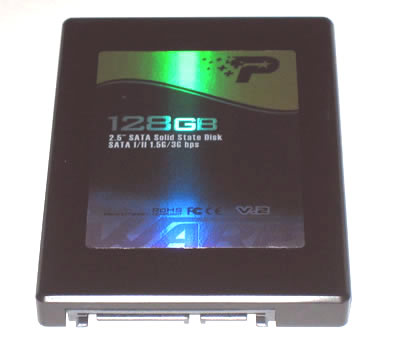
The 128GB SSD Warp v2 SSD is equipped with the JMicron model 602 I/O controller, which has been accused in various online forums for causing shutter issues, something we will examine later in this article.
The drive uses MLC (Multi Level Cell) NAND chips, which are supposed to be slower and less expensive than the SLC (Single Level Cell):

MLC NAND flash is a flash memory technology using multiple levels per cell to allow more bits to be stored as opposed to SLC NAND flash technologies, which uses a single level per cell. Currently, most MLC NAND stores four states per cell, so the four states yield two bits of information per cell. This reduces the amount of margin separating the states and results in the possibility of more errors.
Traditionally, one bit of data was stored in each cell in so-called single-level cells, or SLC flash memory. SLC memory has the advantage of faster transfer speeds, lower power consumption and higher cell endurance. However, as it stores less data per cell, it costs more per megabyte of storage to manufacture. Due to the faster transfer speeds, SLC flash technology is used in high-performance memory cards.
On a MLC NAND 4k "block", a write cycle has to be done first before a each write occur. This doubles the amount of cycles required per write and increases the wear the drive may face to a certain extent. Generally, flash-memory cells will often wear out after 1,000 to 10,000 write cycles for MLC, and up to 100,000 write cycles for SLC.
On the bright side, reading is not effected and it is as fast as an SLC NAND or even better.
Review Pages

